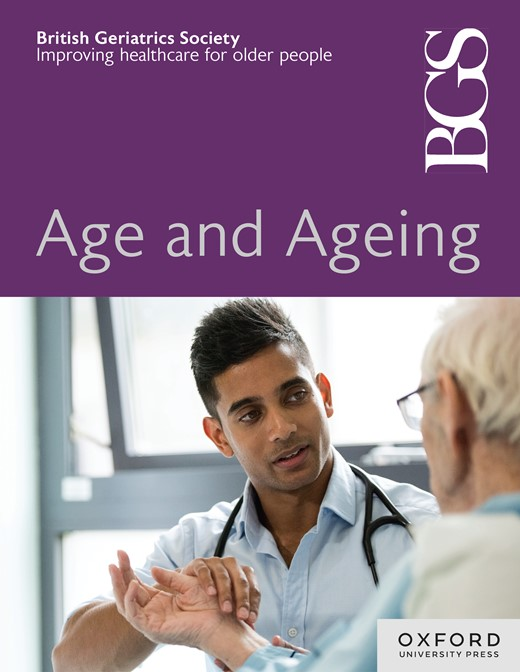管理社区中体弱老年人的临终需求:医院社区外联团队的作用
IF 6
2区 医学
Q1 GERIATRICS & GERONTOLOGY
引用次数: 0
摘要
背景 我们目前的医疗保健系统是围绕急性病时期设计的,无法满足行动能力、认知能力和功能不断恶化的多病和体弱成年人的需求。根据爱尔兰老龄化纵向研究(TILDA),爱尔兰的住院死亡比例很高,这表明社区和家庭护理支持不足。要识别哪些患者有可能受益于支持性和姑息治疗方法,并以在家中去世为目标,可以综合使用多种工具,并根据晚期护理规划讨论结果来进行。方法 2021 年,我们的老年人服务部指派了一个由一名注册医师和体弱高级执业护师组成的团队,负责提供外展服务。住院病人在入院时,如果表示希望避免继续住院并在家中去世,就会被识别出来。通过家访可以进行全面评估,家属也有机会提出问题。我们提供有关生命末期的教育,努力预测需求,并经常看望病情恶化的病人和家属,直到他们的病情再次稳定在 "新常态 "或开始积极的死亡过程。我们与公共卫生护士、全科医生和社区姑息关怀团队进行沟通。结果 支持希望避免进一步住院治疗并在家中逝世的亲人的家庭和照护者受益于联合医疗和护理支持以及团队带来的专业知识。结论 解决严重虚弱的多病症患者的生命终结问题是一项全球性挑战。入院是开始讨论护理目标和启动晚期护理计划的理想时机。外展团队与医院和社区同事通力合作,以实现遵从患者临终意愿的共同目标。本文章由计算机程序翻译,如有差异,请以英文原文为准。
Managing End of Life Needs of Frail, Older Adults in the Community: The Role of a Hospital-Based Community Outreach Team
Background Our current healthcare systems are designed around periods of acute illness and are ill equipped to meet the needs of multimorbid and frail adults with worsening mobility, cognition and function. According to The Irish Longitudinal Study on Aging (TILDA), Ireland has a high proportion of hospital deaths, indicating inadequate community and home care supports. Recognizing patients who are likely to benefit from supportive and palliative approaches with a goal to die at home can be done using a combination of tools and based on advanced care planning discussions. Methods In 2021, our Department for Older Persons Services allocated a team consisting of a Registrar and Advanced Nurse Practitioner in Frailty to form an outreach service. Inpatients who appear nearing end of life who have expressed wishes to avoid further hospitalization and to die at home are identified during their admission. Home visits allow for a holistic assessment and family members are given the opportunity to ask questions. We provide education on end of life, trying to anticipate needs and often see patients and families through periods of deterioration until they stabilize again in a ‘new normal’ or begin the process of active dying. We communicate with Public Health Nurses, General Practitioners and the Community Palliative Care Team. Results Families and carers supporting loved ones who wish to avoid further hospitalization and die at home benefit from combined medical and nursing support & specialist expertise the team brings. Conclusion Addressing end of life for multimorbid patients living with severe frailty is a global challenge. Hospital admission is an ideal time to begin conversations regarding goals of care and initiate advanced care planning. The outreach team work together with hospital and community colleagues to the common goal of following patients’ wishes at end of life.
求助全文
通过发布文献求助,成功后即可免费获取论文全文。
去求助
来源期刊

Age and ageing
医学-老年医学
CiteScore
9.20
自引率
6.00%
发文量
796
审稿时长
4-8 weeks
期刊介绍:
Age and Ageing is an international journal publishing refereed original articles and commissioned reviews on geriatric medicine and gerontology. Its range includes research on ageing and clinical, epidemiological, and psychological aspects of later life.
 求助内容:
求助内容: 应助结果提醒方式:
应助结果提醒方式:


